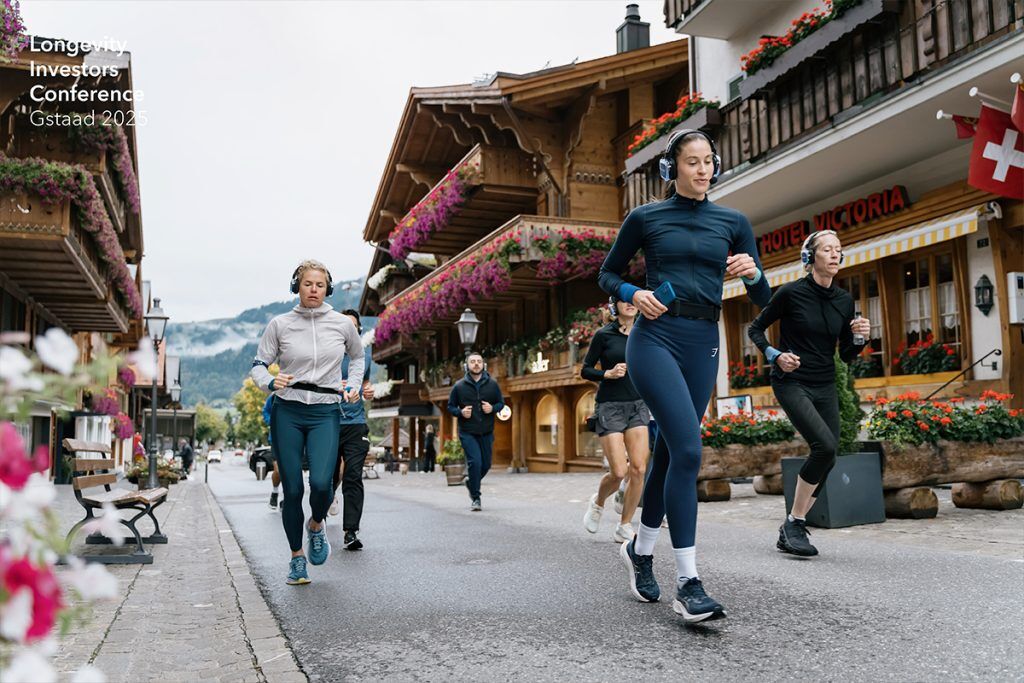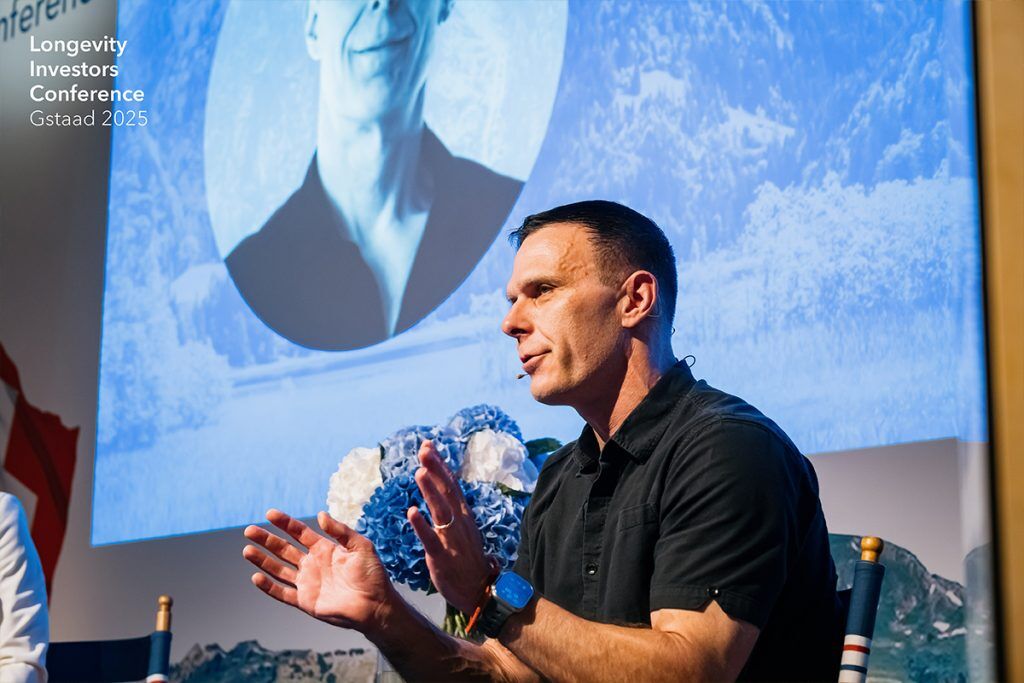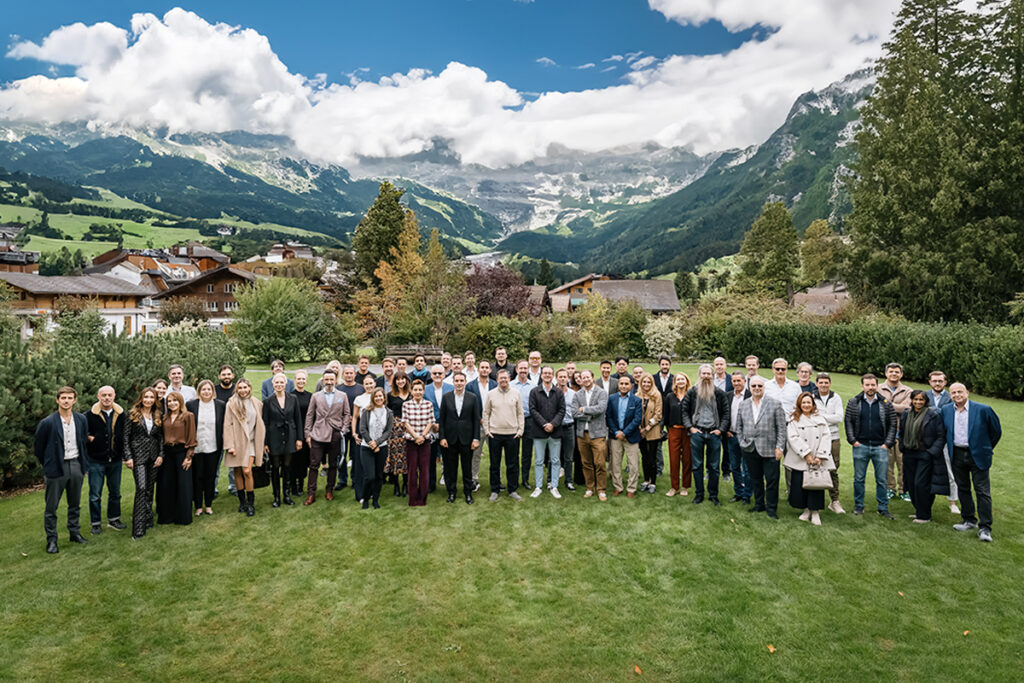At LIC 2025, investors, scientists and founders explored how AI, equity and collaboration are shaping the next phase of healthspan innovation.
The alpine calm of Gstaad belied the intensity of conversation within Le Grand Bellevue, where the sixth Longevity Investors Conference (LIC) gathered an invitation-only audience of investors, scientists and entrepreneurs. Over four days last month, discussions flowed from machine learning to menopause, from molecular pathways to moral philosophy – a thoughtful yet charged atmosphere in which capital and science met as partners in progress.
Founded in 2020 by Marc P Bernegger and Dr Tobias Reichmuth, LIC has evolved into the meeting ground for those shaping what longevity investment might become – rigorous, evidence-based, yet ambitious enough to challenge conventional timelines of health and aging. This year, the emphasis was not on speculative breakthroughs but on what can be translated now, how data and diligence can refine strategy, and why inclusivity and access must define the sector’s growth.
Longevity.Technology: The conversations in Gstaad made one thing clear – AI is no longer a novelty to be admired from afar; it’s quietly becoming the backbone of discovery and company-building, replacing pipettes and hunches with predictive precision. Yet for all the talk of algorithms and automation, it was the focus on women’s healthspan that gave the conference its heart. At last, investors are waking up to the obvious – that half the population deserves more than token data and a pinkwashed supplement aisle. The investment community, too, is showing signs of growing up; returns still matter, of course, but so does responsibility, transparency and access. Together, the twin forces of intelligent automation and gender equity are starting to redefine what ‘value creation’ means in longevity – pushing the sector toward models that reward inclusivity, efficiency and measurable health outcomes over short-term hype. If longevity is to deliver on its promise, it will be through this synthesis of intelligence – human and artificial alike – guided by a moral compass as sharp as its scientific one.
AI and automation take centre stage
Artificial intelligence dominated the LIC agenda, not as theory but as infrastructure. Alex Aliper, PhD, President of Insilico Medicine, demonstrated how automation and generative AI are already accelerating discovery pipelines, while Dr Amol Sarva, Founding Partner at LifeX Ventures, described the emergence of AI-native longevity startups built from the ground up with automation in mind. The tone was pragmatic rather than futuristic; these systems are now integral to design, validation and scaling.
Adding a personal perspective, Sheila Lirio Marcelo, Founder and CEO of Ohai.ai, reflected that the absence of intelligent tools during her own health journey inspired her to create AI-based longevity support platforms. Her remarks resonated in a field now moving rapidly toward proactive, data-informed health management.
Closing the gap in women’s healthspan
The focus on female longevity ran through the conference with unusual clarity. Maddy Dychtwald, Co-Founder of Age Wave, made the economic and demographic case for change, pointing out that women over 50 are a formidable consumer and cultural force yet remain underserved by clinical research. Dr Jamie Justice, Executive Director of XPRIZE Healthspan, led standing-room-only sessions on women’s health, highlighting both biological gaps in study design and the commercial potential of addressing them.
“The longevity sector is rapidly emerging as one of the most compelling investment themes of our time … now is the perfect moment to raise awareness and equip investors with the knowledge to engage in this transformative space,” said Reichmuth. That engagement, many agreed, must now include systemic attention to gendered biology, hormone-sensitive pathways and life-stage interventions.
A maturing investment landscape
If earlier editions of LIC were about enthusiasm, 2025’s iteration was about discernment. Sergey Young, Founding Partner of the BOLD Longevity Growth Fund, argued that longevity investment must “fund science and improve access – not just chase returns.” This sentiment echoed throughout investor roundtables as participants debated direct versus LP models, the role of family offices, and how to scale translational science responsibly.

Garri Zmudze, Managing Partner of LongeVC, spoke candidly about the challenges of backing biotech ventures across European markets, noting that strategic patience and cross-border cooperation are now prerequisites for success. Meanwhile, Joe Betts-LaCroix of Retro Biosciences offered the founder’s perspective – building science-led companies that can withstand both regulatory scrutiny and investor impatience.
From moonshots to measured progress
The conference retained space for ambition. Dr Emil Kendziorra of Tomorrow Biostasis made a forthright case for cryopreservation as part of a long-term health strategy, while Professor João Pedro de Magalhães of the University of Birmingham explored molecular mechanisms with genuine translational promise. Yet, amid the talk of moonshots, speakers such as Dr Matt Kaeberlein and Dr Brad Stanfield brought balance, urging the community to distinguish between what inspires and what is implementable today.

As Kaeberlein observed: “This space has matured enough that it’s important we broaden the conversations – not just scientists speaking to scientists or investors to investors, but true cross-talk.” His words captured a mood of cautious optimism – the sense that progress will depend not only on funding but on interdisciplinary humility.
The measure of maturity
By the conference’s close, what lingered was less a single revelation than a shift in tone. Longevity is no longer the preserve of dreamers or disruptors; it is an industry learning to govern itself, aware of its ethical weight and economic potential. From AI-driven discovery to equity-driven investment, the field is beginning to define not just how long we might live, but how wisely we choose to build the systems that support that goal.

